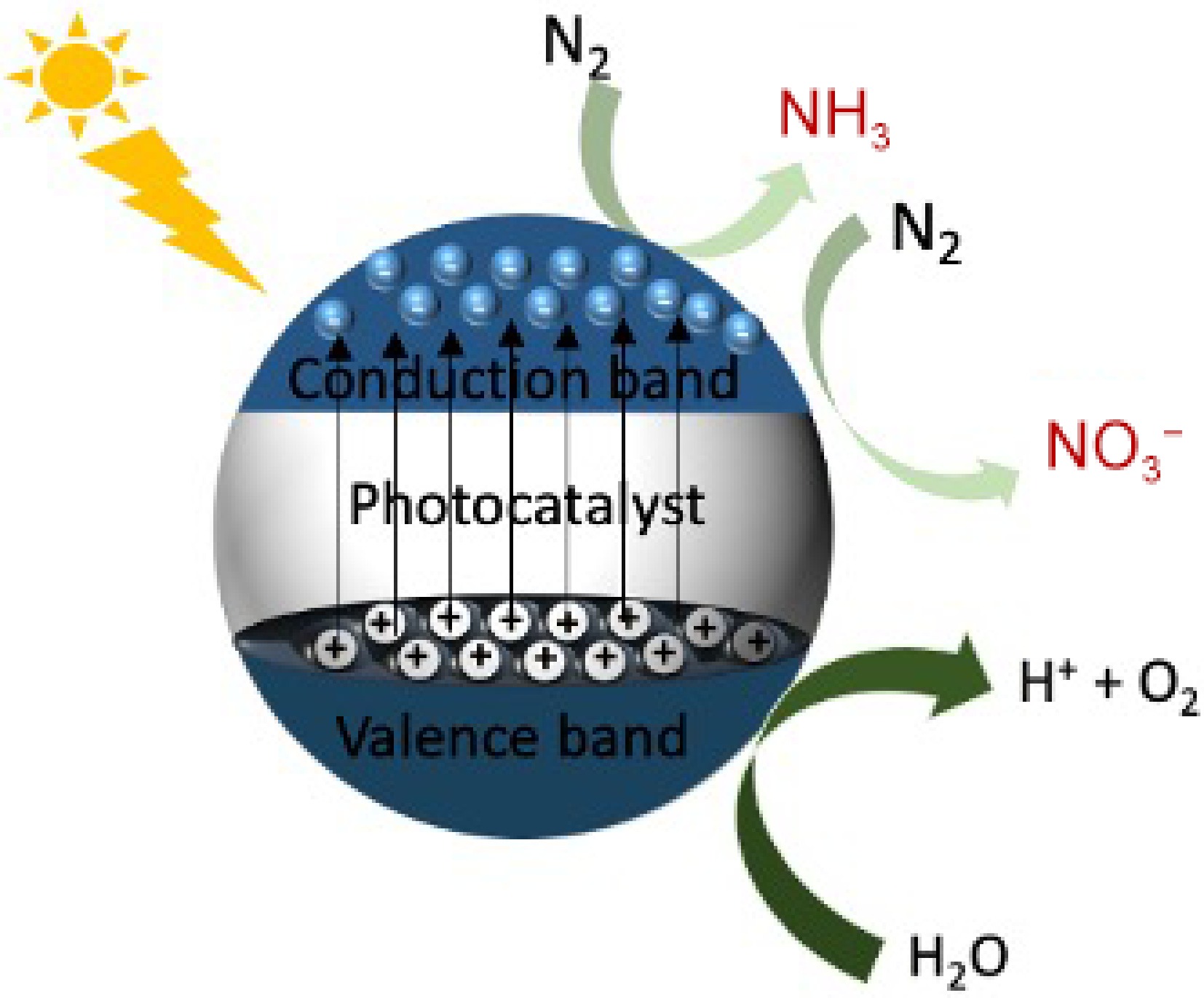
A joint initiative among researchers has resulted in the isolation of a complex featuring two iodine(I)-silver(I) coordination bonds, paving the way for the discovery of other complexes with non-traditional bonding.
Metal–metal interactions among metal cations are prevalent, varying from the manganese–manganese single bond in Mn₂(CO)₁₀ to the quadruple rhenium–rhenium bond found in Re₂Cl₈²⁻. However, comparable interactions between non-metal and metal cations are significantly rarer, primarily due to an orbital energy mismatch that restricts overlap.
A team of researchers in Finland, Germany, and Spain has now created a compound that includes such an interaction. They achieved this by combining silver triflate with a pyridine N-oxide to form a polymeric silver compound, which subsequently reacts with iodine. In the resulting complex, two silver cations are connected by four bidentate triflate ions, establishing what is referred to as a paddlewheel structure. Each iodine cation – located at the core of an atypical three-centre-four-electron complex with two pyridine ligands – forms a singular orthogonal coordination bond with a silver cation.
X-ray crystallography showed that the iodine–silver bond length measures 2.86Å, considerably shorter than the combined van der Waals radii of the cations (3.54Å). The reported bond length aligns closely with characteristics of standard single metal–metal bonds. Computational studies substantiated that there exists considerable covalent character within the iodine–silver bond, as the iodine(I) cation donates electron density to the silver(I) cation, attributed to the elevated electron density around the iodine from the N-oxide ligands.
The researchers indicate that forthcoming investigations will delve into similar complexes involving other metals and diverse ligand systems, with the goal of broadening the variety of compounds featuring unconventional coordination bonds.